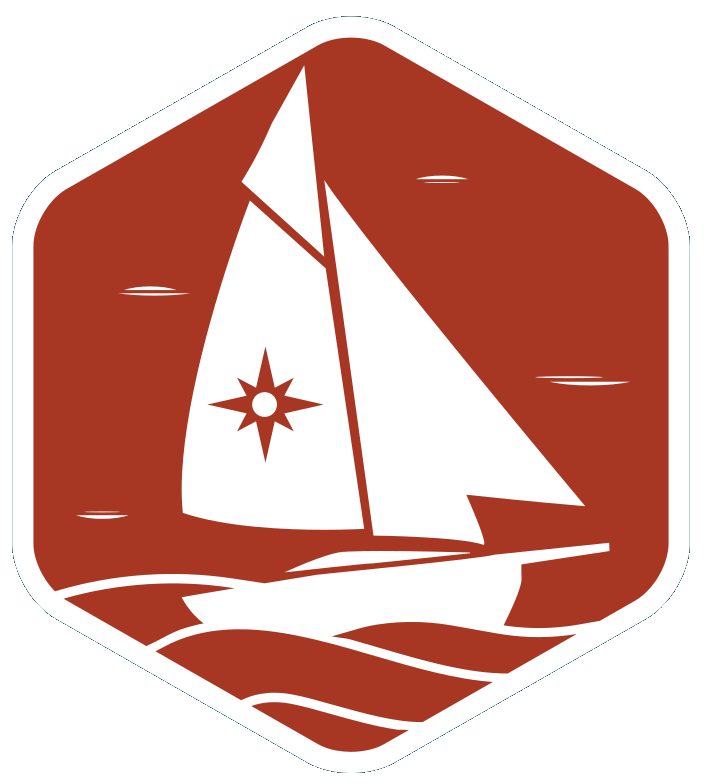2018 Festival Boats
Boats are listed in alphabetical order.
See boats from other years | See this year’s boats
-
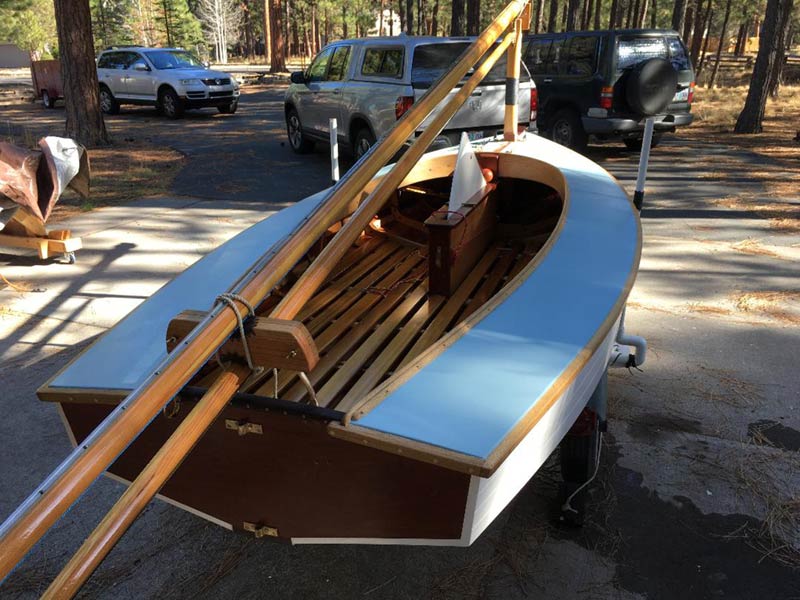
Year Built:
OtherLOA:
19'6"Owner:
Peter & Eric HazellDesigner:
Tom BroadwayDesign:
SnowbirdType:
SloopThis boat was self-built, by brothers Peter and Eric Hazell in Sisters, OR in 2016-2017. The 12' catboat is a replica of a 1932 Los... -
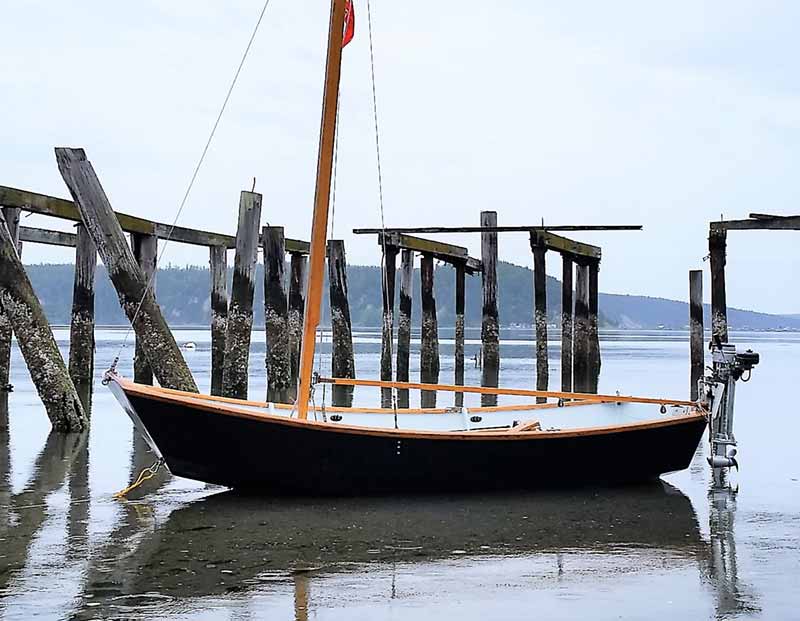
Year Built:
UnknownLOA:
16'Beam:
5'Owner:
Michael MoenigDesigner:
Bill GardenDesign:
Port Madison PramType:
SloopThis boat has been in the family for decades. She sailed the waters of Lake Washington for decades, later ownership passing on and spending decades... -
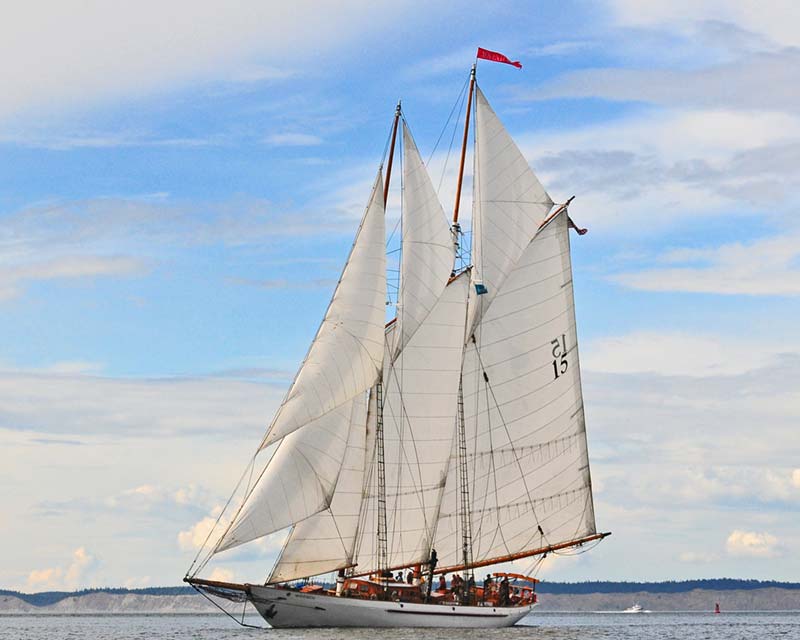
Home Port:
Port Townsend, WAYear Built:
1913LOA:
133'Beam:
21'Owner:
Sound ExperienceDesigner:
B.B CrowninshieldDesign:
One-offType:
SchoonerSound Experience sails the historic schooner Adventuress to educate, inspire, and empower an inclusive community that works to improve our marine environment and celebrates our... -
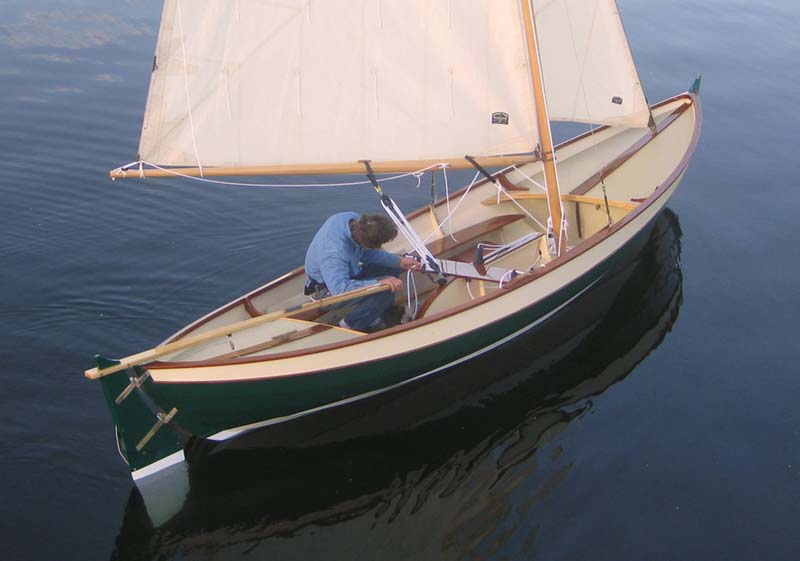
For Sale
Year Built:
2014LOA:
19' 4"Owner:
David & Marian BergeyDesigner:
Iain OughtredDesign:
Arctic Tern - StretchedType:
SloopThis boat is a 19'4" stretched version of Iain Oughtred's Arctic Tern. She features an enlarged gunter sloop rig with decks and bulkheads fore and... -
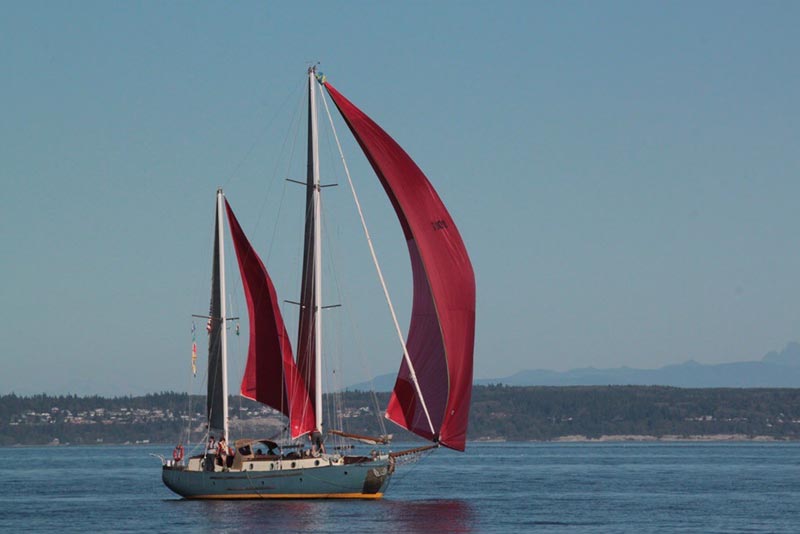
Home Port:
Anacortes, WAYear Built:
1980LOA:
58'Beam:
13'6"Owner:
Christine Scoggins GranquistDesigner:
Fred PetersonDesign:
One-offType:
KetchAriel of Victoria’s keel was laid in Fred Peterson’s boatyard on Vancouver Island near Nanaimo in 1972. Carvel planked in Alaskan yellow cedar over oak... -
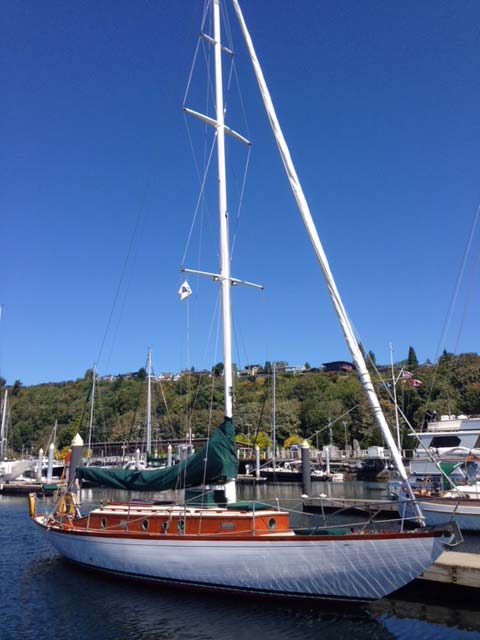
Home Port:
Seattle, WAYear Built:
1938LOA:
42'Beam:
10' 2"Owner:
Roger & Nancy NewellDesigner:
Ben SeabornDesign:
SeabornType:
SloopBuilt in 1938 by Blanchard Boat Company in Seattle for Markus Mayer Jr as "We're Here". Launched with sistership Tola. Past owners include Dr. Carl... -
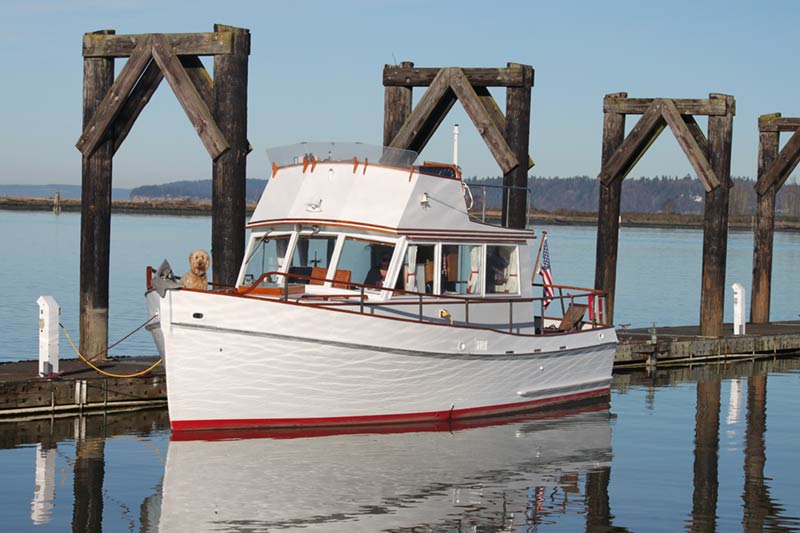
For Sale
Year Built:
1969LOA:
34'Beam:
11'6"Owner:
Linn JenningsDesigner:
Grand BanksDesign:
Grand Banks 32 SedanType:
PowerA Grand Banks 32 sedan, built in 1969, Bella la Vita has proven to be nearly perfect for the cruising couple. Dependable, economical, if not... -
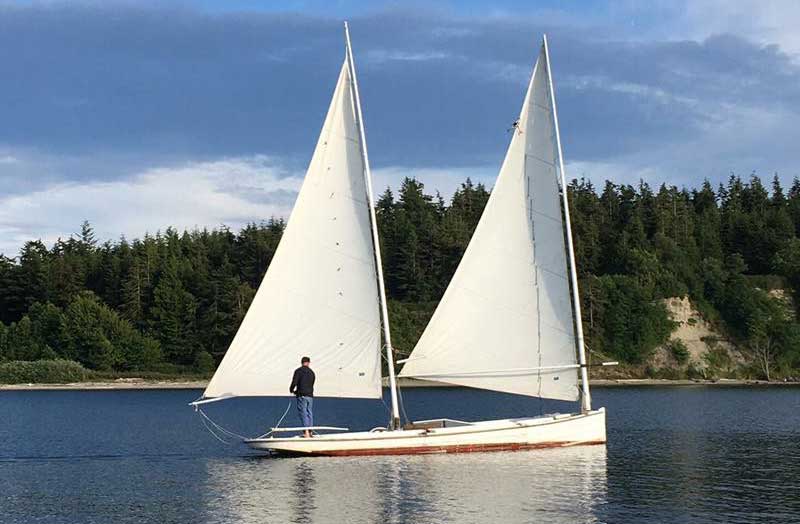
Year Built:
1977LOA:
35' 6"Beam:
6' 6"Owner:
Jake BeattieDesigner:
TraditionalDesign:
New Haven SharpieType:
KetchBuilt in Anacortes in 1977 (same year as the first Port Townsend Wooden Boat Festival) by a 20 year old aspiring boat builder named Bo... -
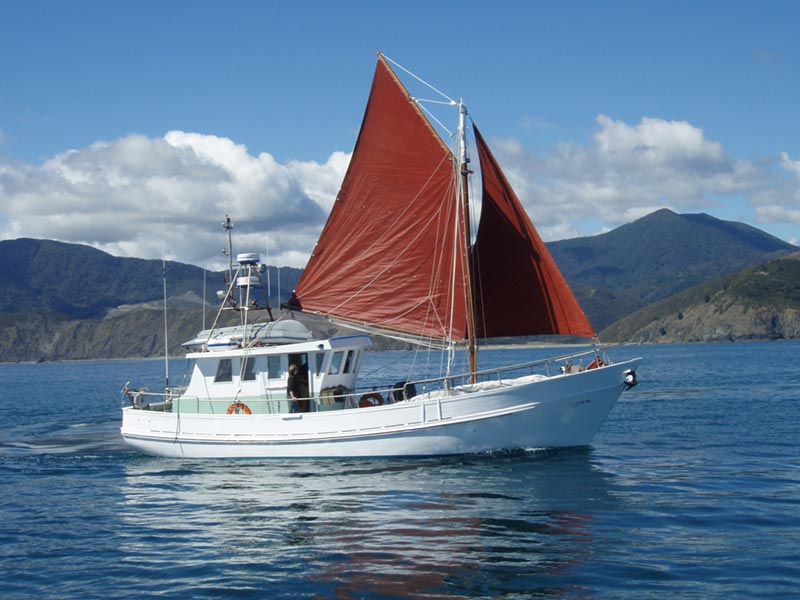
For Sale
Year Built:
1963LOA:
45'Beam:
15'Owner:
Rodger GraysonDesigner:
Ken LaccoDesign:
Southern Rock Lobster (Cray) boatType:
Commercial fishing with sail assistBetty Mc is a 45' "crayfish" boat, typical of many fishing craft from south eastern Australia built throughout the 1900s. Early boats were all sail... -
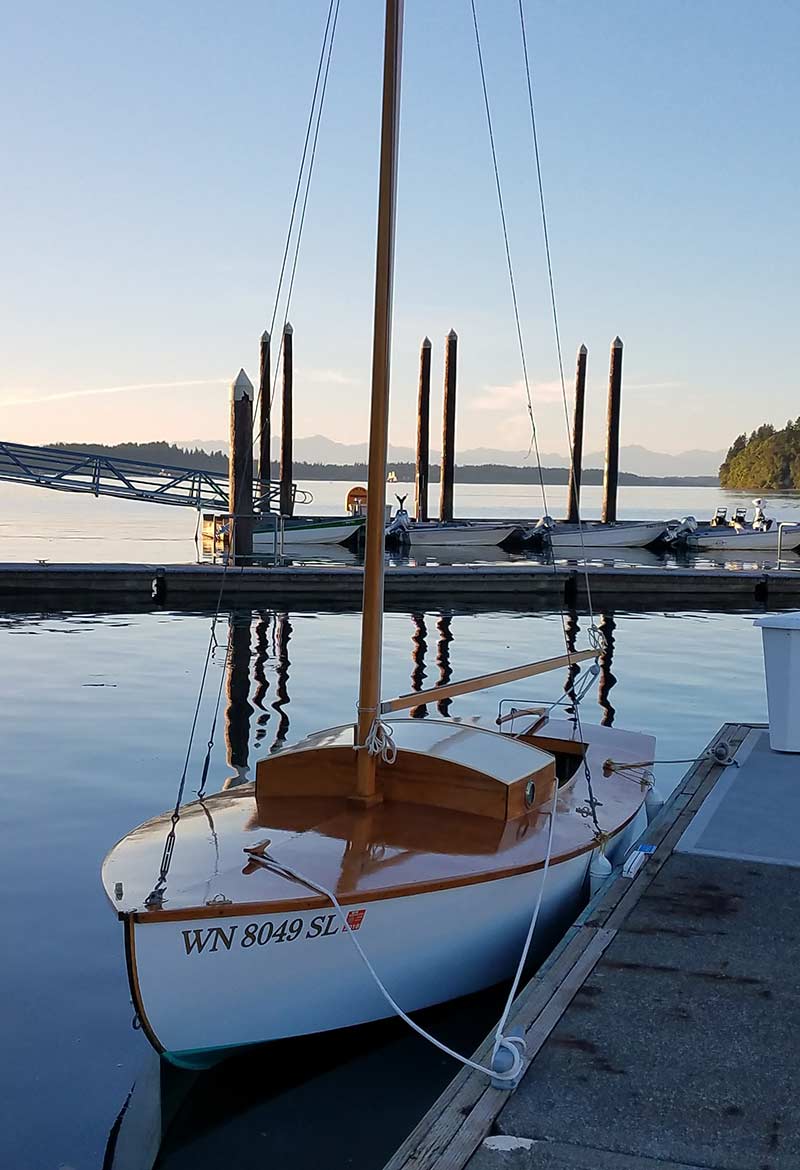
Year Built:
1964LOA:
16' 6"Beam:
6' 2"Owner:
Kristopher Hicks-GreenDesigner:
Ludvik "Louie" Piotr ZbigniewiczDesign:
One-offType:
SloopBibi is a hard-chined, plywood centerboard sloop built in 1964 by hobbyist Ludvik Zbigniewicz, apparently to his own design. She has a long, fine entry,... -
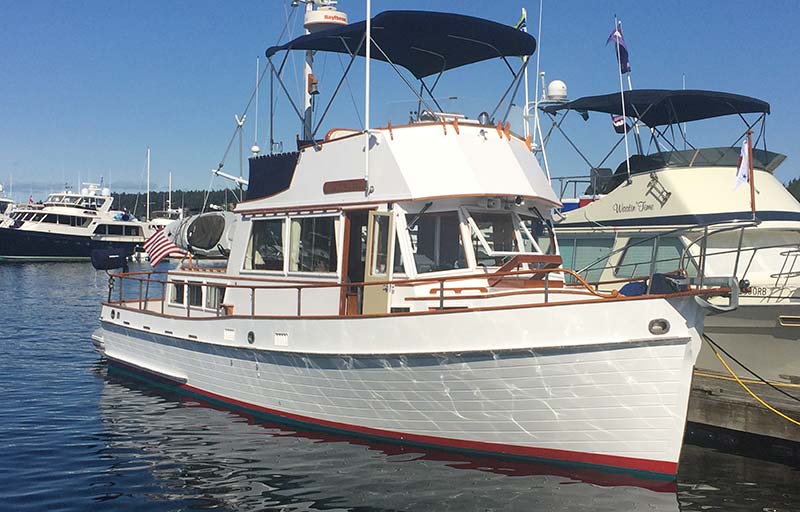
Year Built:
1973LOA:
41'Beam:
12'6"Owner:
Jerry NormanDesigner:
UnknownDesign:
Classic 36Type:
PowerBlack Opal is a Classic Grand Banks 36 Trawler. This boat was purchased and totally redone by it's previous owners Jim and Barbara Thiele. They... -
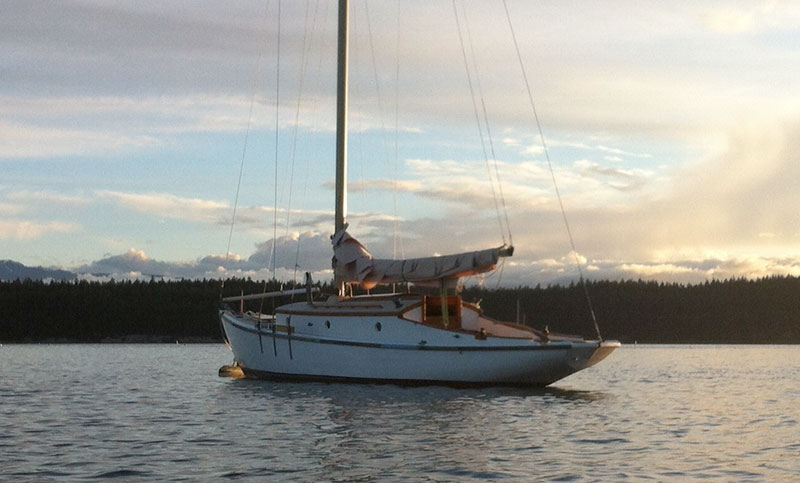
Year Built:
1938LOA:
28'6"Beam:
7'10"Owner:
Erica GeorgaklisDesigner:
Ed. Monk SrDesign:
UnknownType:
SloopBlossom was built in 1938 in Tacoma, WA by the Anderson yard. Several similar sloops of Ed. Monk's designs were being constructed in the late... -
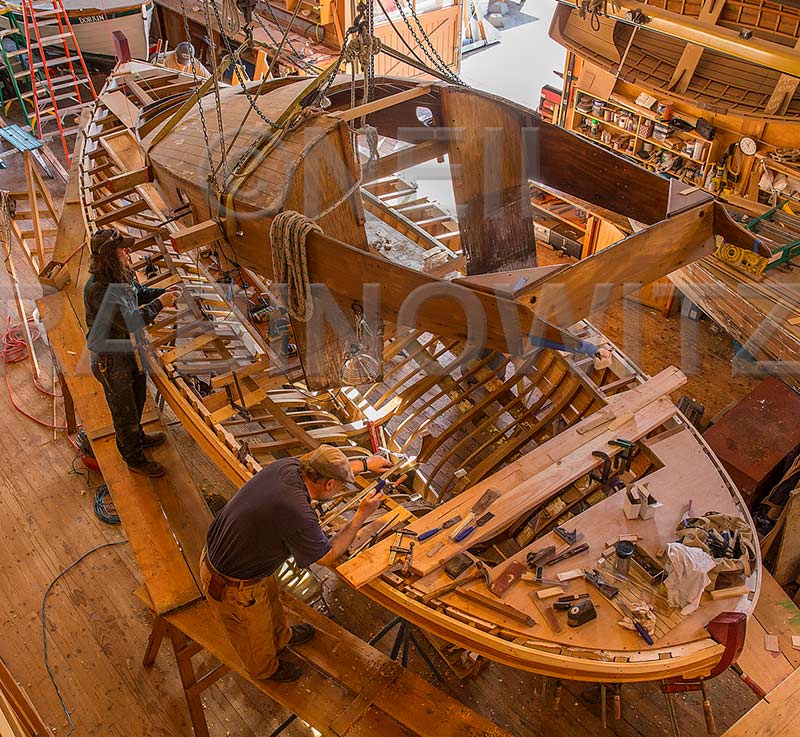
Year Built:
1939LOA:
28'Beam:
8'7"Owner:
Oliver and Janice PedersenDesigner:
M.S.J. HansenDesign:
38 Square Meter SpidsgatterType:
SloopThis 38 square meter sloop designed by Marius Sofus Joannes Hansen in November, 1935, was built by Thomsen Boatyard in Kalundborg, Denmark and launched in... -
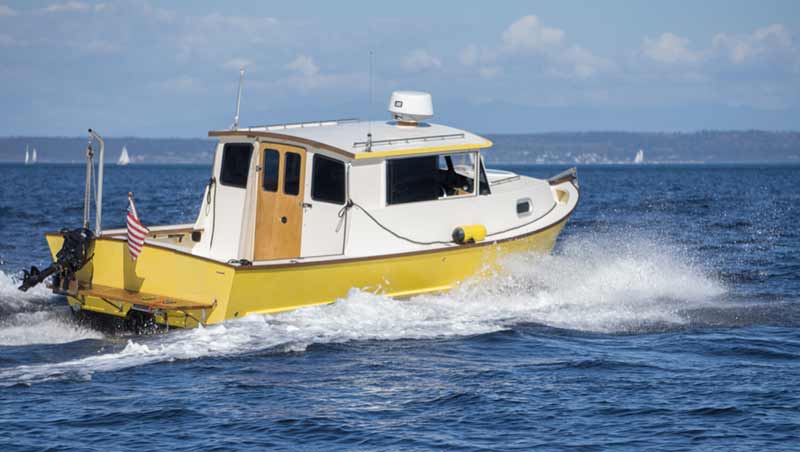
Home Port:
Lake Oswego, ORYear Built:
2004–2006LOA:
27'Beam:
8'Owner:
Ray BrownDesigner:
Renn TolmanDesign:
Tolman Alaskan Skiff Jumbo 24Type:
PowerBright Star is a Tolman Jumbo 24, from a design by Renn Tolman of Homer, Alaska. As are all the Tolman boats, she is a... -
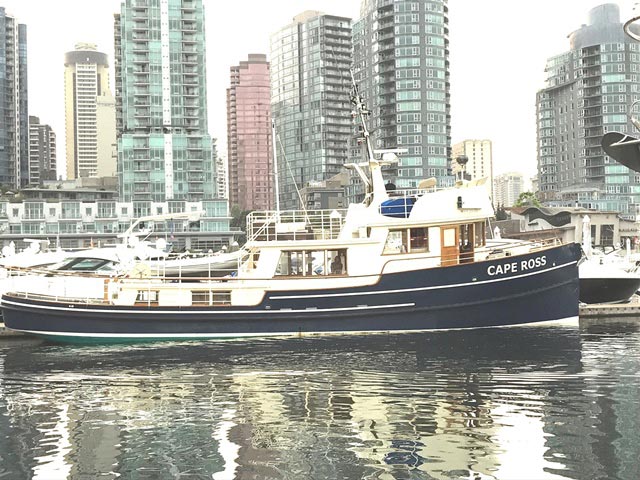
Year Built:
1952LOA:
67'Beam:
15' 7"Owner:
Darryl RawlingsDesigner:
UnknownDesign:
Purse Seine vesselType:
PowerTopsides re-planked, hull totally re-calked and refastened in 2018. Hull, topsides and cabin repainted in 2018. -
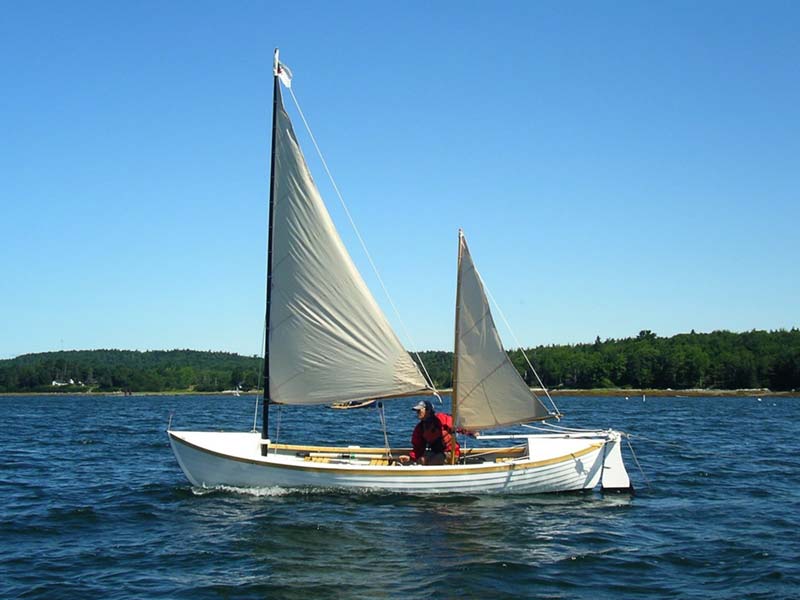
Year Built:
2007LOA:
18'Owner:
Denis WangDesigner:
L. Francis HerreshoffDesign:
CarpenterType:
KetchBuilt in Maine in 2007, she has plied Maine's coastal waters and primarily Penobscot Bay, until she was brought here last June, where she resides... -

Home Port:
Port Hadlock, WAYear Built:
1993LOA:
39'Beam:
10'Owner:
Matthew McClearyDesigner:
William AtkinsDesign:
Little Maid of KentType:
SchoonerCeridwen was lofted in the Fall of 1982 at Magner & Sons Boatworks in Carlsborg, WA. Matt McCleary with the help of John and his... -
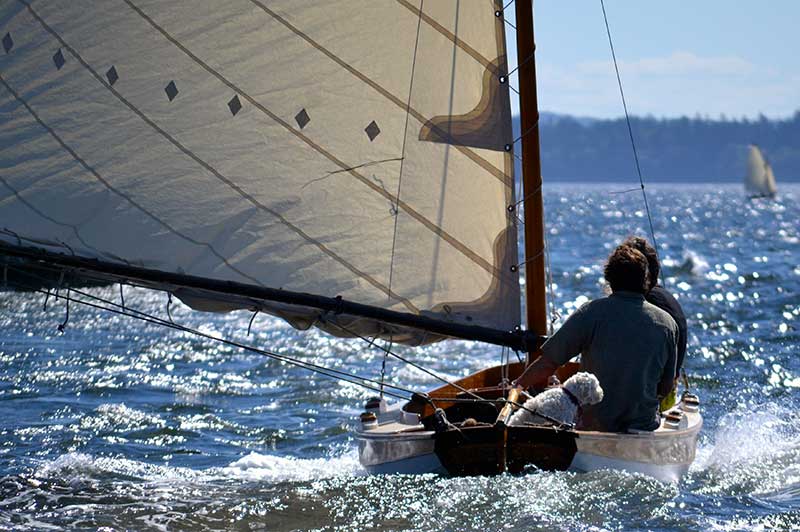
Home Port:
Renton, WAYear Built:
1986LOA:
19'Beam:
5' 8"Owner:
David SmithDesigner:
Charles MowerDesign:
Swampscott Racing DoryType:
SloopUsing only the lines drawing from the Dori book we measured and created a sheet of offsets to loft her. Thanks to the Newport Marine... -
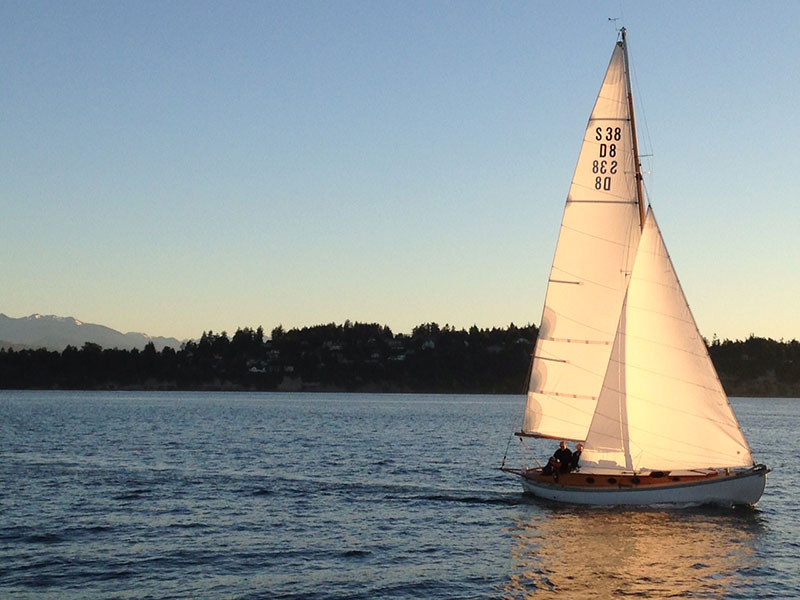
Home Port:
Port Townsend, WAYear Built:
1936LOA:
29'Beam:
8'6"Owner:
Sean & Inger RankinsDesigner:
MSJ HansonDesign:
Danish 38 M2Type:
SloopCito along with her sisters (Da Capo, Pia, Eio, & Skoal’s), all of the same 38M2 Danish Spidsgatter class, were shipped together from Copenhagen to... -
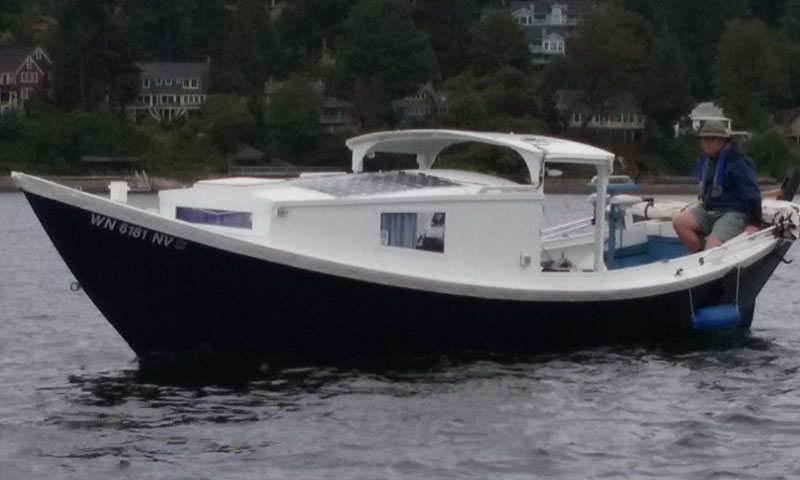
Home Port:
Olympia, WAYear Built:
2012LOA:
26'Beam:
8'Owner:
Thomas HrubyDesigner:
Glen-LDesign:
St. Pierre DoryType:
ElectricDaddy’s Third is a 26 ft St. Pierre Dory powered by two electric trolling motors. This is the third version of an electric dory I... -
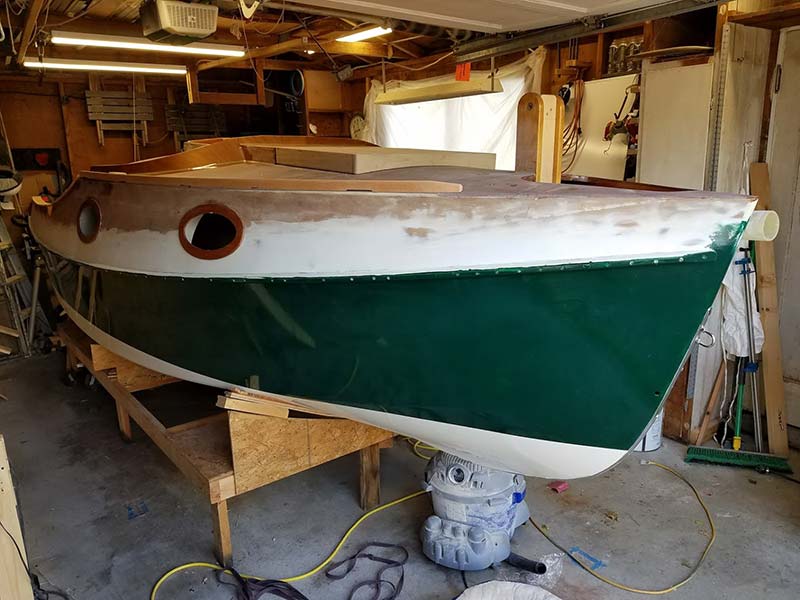
Year Built:
2018LOA:
30'Owner:
Fred RowleyDesigner:
Graham ByrnesDesign:
Core Sound 17 mk3Type:
Cat ketchThe Core Sound 17 mk3 represents the evolution of a design that has proven its seaworthiness and performance time and again in the Everglades... -
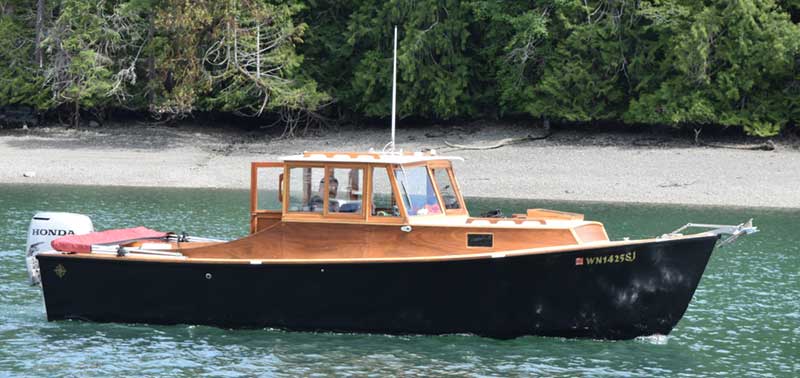
For Sale
Year Built:
2007LOA:
24'Owner:
Ty HeslopDesigner:
UnknownDesign:
Chesepeake Marine DesignType:
PowerDescant is a custom built glass over ply pilot house. She has a classic look, with the benefits of modern construction techniques and a high... -
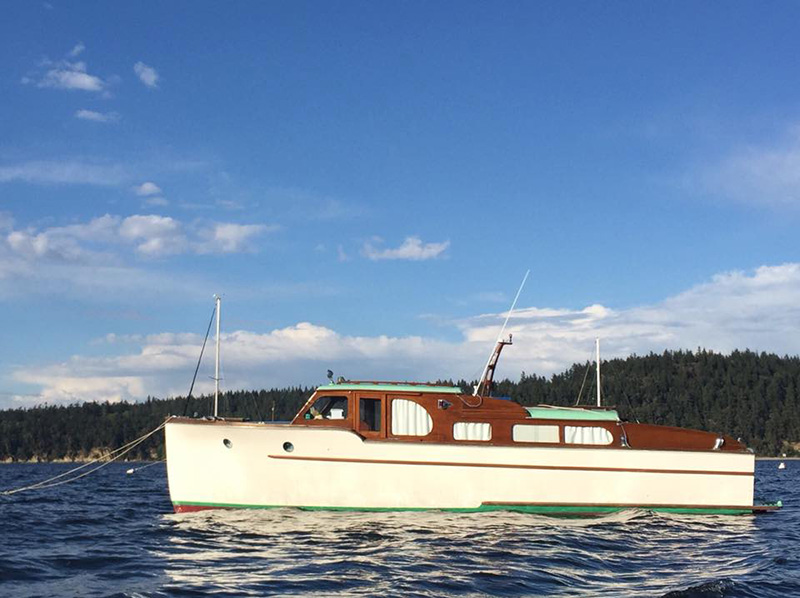
Home Port:
Tacoma, WAYear Built:
1950LOA:
35' 10"Beam:
10' 6"Owner:
Evan & Sara BaillyDesigner:
Edwin Monk Sr.Design:
Bridgedeck CruiserType:
PowerDuffy was built to a design penned by Edwin Monk Sr. in 1947 by Frank Adams under the north span of Seattle's University Bridge. She... -
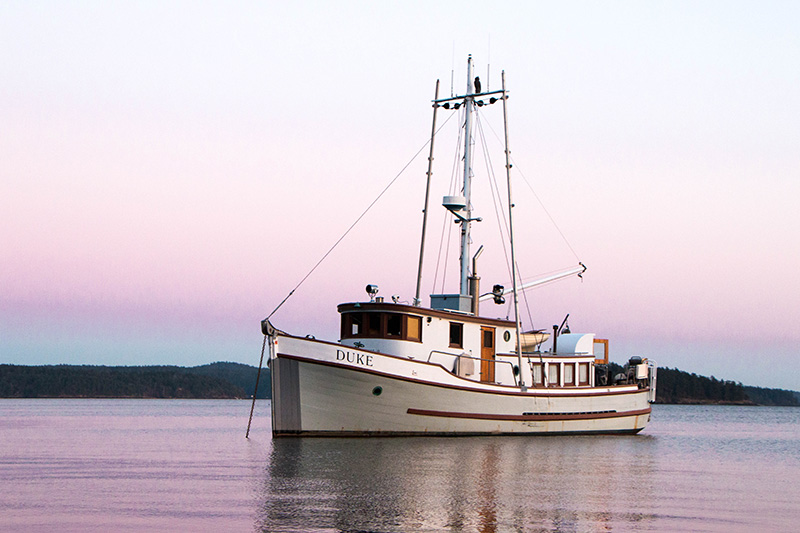
Home Port:
Bellingham, WAYear Built:
1947LOA:
47'6"Beam:
13' 4"Owner:
Ryan DownsDesigner:
UnknownDesign:
TrollerType:
PowerDuke was built in 1947 by the Adolph Cummings Boat Company on Ruston Way in Tacoma, Washington. Built to troll fish, she had two sister... -
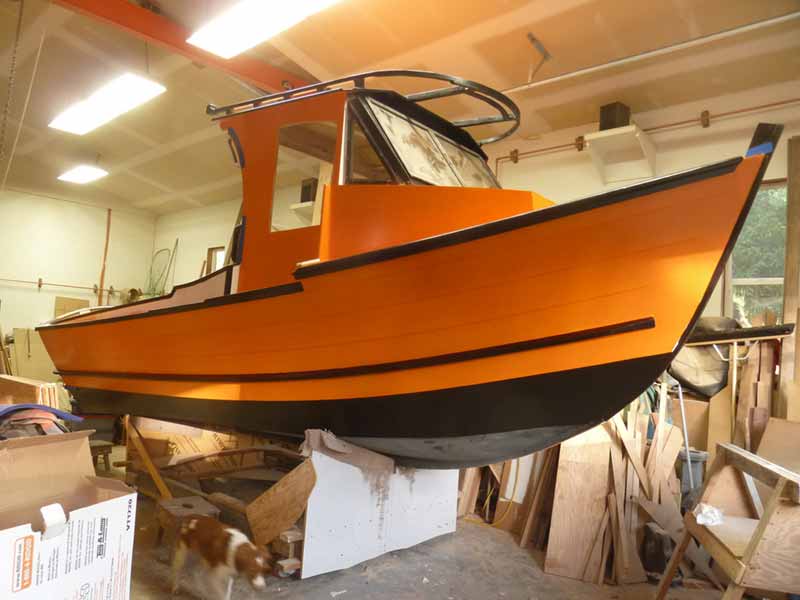
Home Port:
Hood River, ORYear Built:
2013 - 2018LOA:
23'Owner:
Robert GodardDesigner:
T.N. SimmonsDesign:
Simmons Sea SkiffType:
PowerSimmons Sea Skiff, 22 footer. Powered by 90 hp Suzuki outboard. Built to plans, but, with my tweaking, Eager Beaver is at 23 feet. I... -
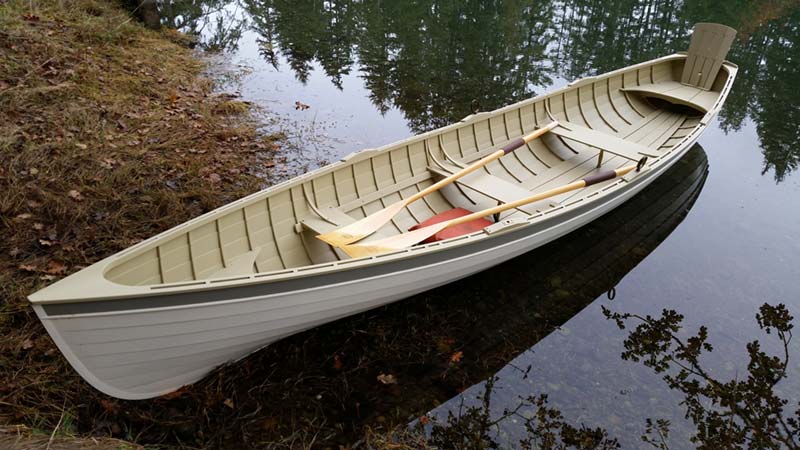
Home Port:
Allyn, WAYear Built:
2015LOA:
15' 9"Owner:
Tom & Susanne ReganDesigner:
Tom Regan - Grapeview Point Boat WorksDesign:
Lake George BoatType:
RowEvery now and again, we build a boat for ourselves. We wanted a good rowboat, which meant it had to meet several criteria: • It... -
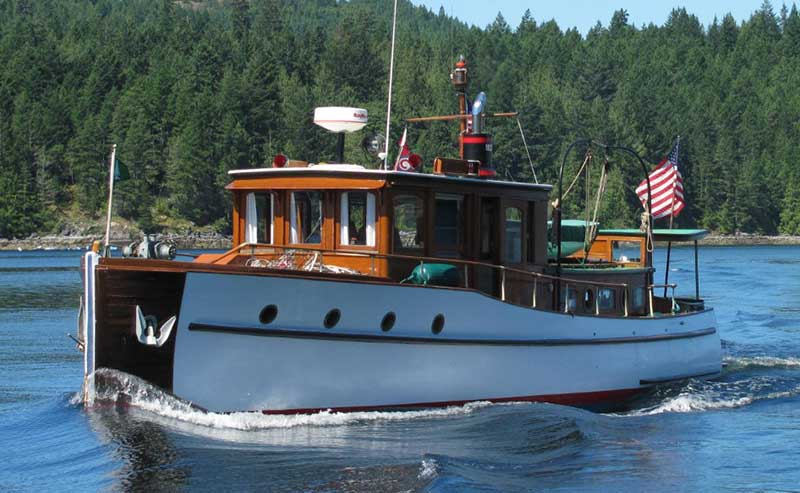
Home Port:
Oakland Bay Marina, Shelton, WAYear Built:
1927LOA:
44'7"Beam:
10'6"Owner:
James PoirsonDesigner:
Theorel and NordstromDesign:
Bridge Deck CruiserType:
PowerA number of such installations have been made on the West Coast and are being watched with keen interest by motor boat operators everywhere. A particularly... -
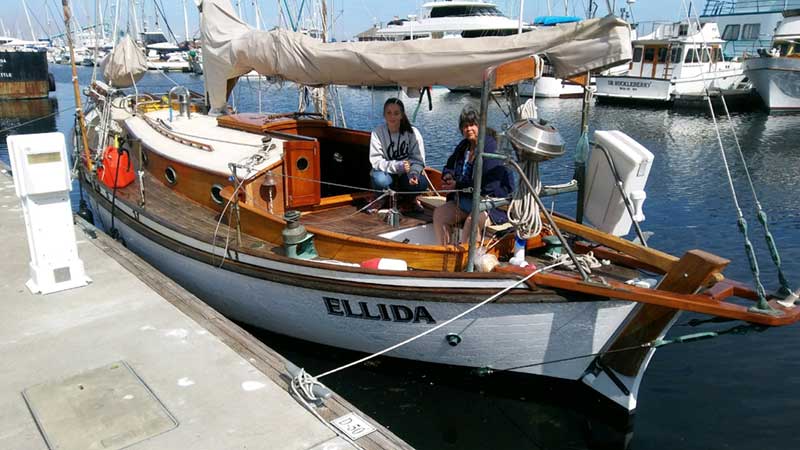
Year Built:
1930LOA:
30'7"Beam:
10'1"Owner:
Arley BrockDesigner:
Doug KrampitzDesign:
Dog StarType:
Cutter rigThe Ellida is a Double ended, cutter rig that is a work of art and a thing of beauty. She glides through the water either...
